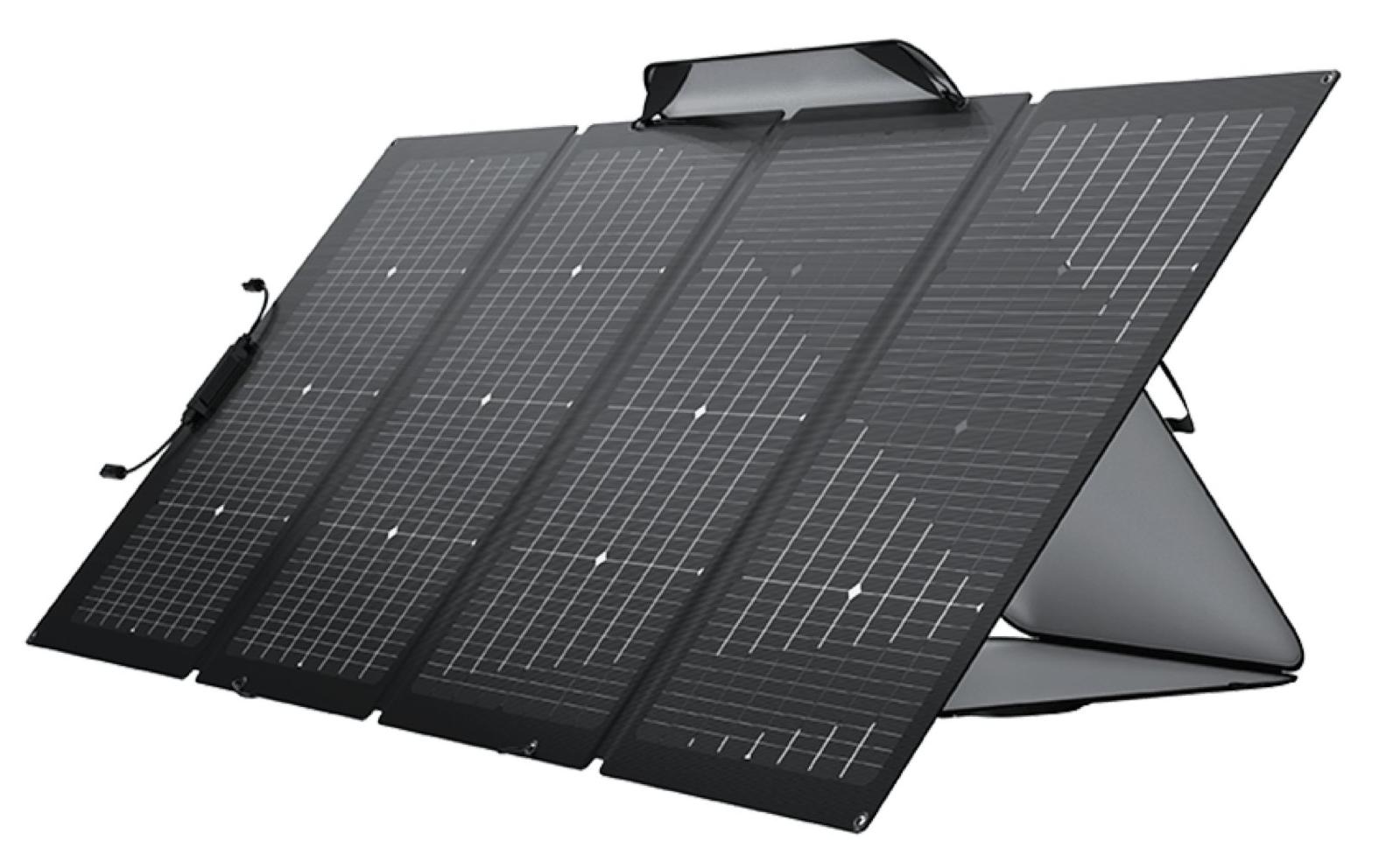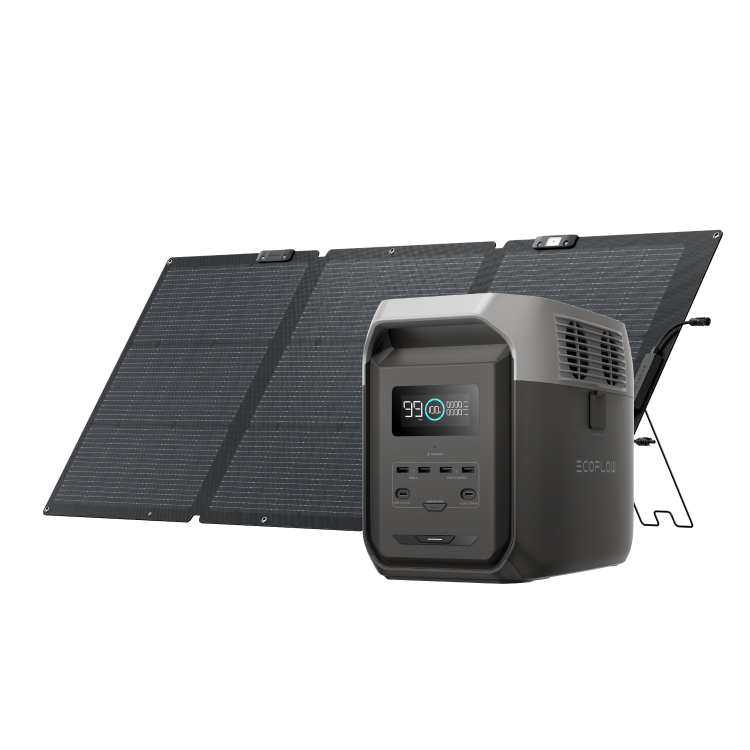- What Is The Solar Tax Credit And Why Is It Important?
- Is The Solar Tax Credit Ending In 2025?
- How Much Money Are You Able To Save With The Solar Tax Credit Today?
- What Should You Do Before The Solar Tax Credit Ends?
- Can State Solar Incentives Replace The Federal Solar Tax Credit?
- Is Now The Best Time To Go Solar In 2025?
- FAQs About The Solar Tax Credit Ending
- Conclusion for Solar Tax Credit
Will Solar Tax Credit End This Year? What You Should Do
- What Is The Solar Tax Credit And Why Is It Important?
- Is The Solar Tax Credit Ending In 2025?
- How Much Money Are You Able To Save With The Solar Tax Credit Today?
- What Should You Do Before The Solar Tax Credit Ends?
- Can State Solar Incentives Replace The Federal Solar Tax Credit?
- Is Now The Best Time To Go Solar In 2025?
- FAQs About The Solar Tax Credit Ending
- Conclusion for Solar Tax Credit
Yes, the solar tax credit may really be on its last legs — and not years in the future, but by the end of this year. With the recent return to Trump-era policies and the possible passage of what's been called the "Big Beautiful Bill," the federal solar tax credit could be gone sooner rather than later.
For homeowners who've been waiting for solar adoption, this might be the last chance to benefit from one of the most lucrative clean energy incentives in U.S. history.
What Is The Solar Tax Credit And Why Is It Important?
Federal Tax Credit Overview
The federal solar tax credit, also called the Residential Clean Energy Credit, enables homeowners to subtract a percentage of their solar system expenses directly from their federal tax bill. For 2024 and 2025, the credit is 30%, and it includes not only the solar panels but also associated equipment, labor for installation, permitting, and even battery storage.
Historical Benefits For Homeowners
This solar tax credit has been instrumental in assisting more than 3 million American families in going solar. It drastically reduces upfront expenses and minimizes the payback time for solar investments. Homeowners can now get up to $6,000 in federal tax relief for a $20,000 system — a lifesaver for middle-class families.
Impact On Solar Affordability
Take away the credit, and overall system prices jump significantly. That alters the economics of solar from favorable to unaffordable for many. In states with high utility costs, such as California, Texas, and New York, the credit frequently swings the balance in the direction of clean energy instead of conventional grid reliance.
Is The Solar Tax Credit Ending In 2025?
Proposed Policy Changes In The New Bill
The proposed "Big Beautiful Bill," which is allegedly being considered in earnest among conservatives, features broad changes to clean energy incentives. Among the changes put forth is: a complete elimination of the federal solar tax credit before the start of the 2025 tax year. The reasoning? Give preference to domestic energy production through fossil fuels and curtail federal expenditures.
Political Momentum Behind The Phase-Out
The proposal is part of wider federal policy changes that downgrade renewables. As solar proponents keep lobbying intensively, the Republican-dominated Congress indicates minimal interest in maintaining the incentive. If approved in the fall legislative session, the tax credit may be terminated officially by December 31.
Expected Timeline For Elimination
There is not much doubt: if the bill is signed into law before the end of 2025, solar installations finished after December 31 might no longer qualify for any federal tax break. That puts this year's Q3 and Q4 as a crucial window of opportunity.


How Much Money Are You Able To Save With The Solar Tax Credit Today?
Current Deduction Rates For Homeowners
As of now, the 30% tax credit is available for almost every expense related to a residential solar installation. That's including inverters, racking, wiring, and backup batteries — even if they're installed down the line.
Typical Savings on Residential Solar Systems
A standard residential solar installation in America can be quite a considerable initial investment. Nevertheless, the incentives offered can substantially lower that price tag. Such savings enhance the economic attractiveness of solar, even without considering long-term electricity bill savings.
ROI Comparison: With vs. Without the Credit
The payback period of solar systems becomes significantly shorter when tax credits or other incentives are factored in. In the absence of these, it will take homeowners longer to break even. This discrepancy usually becomes the deciding factor in switching to solar power or sticking with conventional grid energy.
What Should You Do Before The Solar Tax Credit Ends?
Scheduling A Solar Installation Timeline
Installers nationwide are already preparing for a rush of last-minute demand. Projects generally take 6–12 weeks from the first consultation to utility interconnection approval. Wait until late fall, and your system may not be completely installed by year's end — and you'll forfeit the credit.
Vetting Reputable Solar Installers Quickly
All installers are not made equal. With time being of the essence, it's easy to go with whoever has the earliest availability. Don't make this error. Go with a firm that has NABCEP-certified technicians, good customer reviews, and definitive timelines in writing. Delays for permitting or shortages in panels might cause you to miss the tax window altogether.
Financing Options Prior to Policy Changes
Most lenders extend solar-exclusive loans at rates lower than standard personal loans. A few installers have arrangements with credit unions or green banks to provide "same-as-cash" 12- or 18-month financing, which helps you finance installation costs until your tax credit refund comes in.
Can State Solar Incentives Replace The Federal Solar Tax Credit?
Overview Of State-Level Programs
A few states, such as New York, Massachusetts, and Illinois, do provide local solar incentives, such as property tax exemptions, state-level credits, or rebates. Yet these programs are spotty and usually much less generous than the federal credit.
Limitations In Relation To Federal Credit
Very few states pay for even 10% of system costs. Most programs are income-capped or have limited funds. Even in incentive-rich states, the loss of the 30% federal credit puts the burden squarely back onto homeowners.
Why State Incentives Alone Will Not Suffice
Federal assistance provides a foundation. State initiatives are most effective as additional bonuses. Without the federal credit, state incentives won't be enough to make solar financially viable for many homes, particularly in lower-income neighborhoods.
Is Now The Best Time To Go Solar In 2025?
Market Trends And Equipment Costs
The prices of solar panels have fallen to close-to-record lows. Component efficiency keeps improving. In brief, 2025 is an excellent time to install from both a technology and price perspective, before even considering the impending loss of the tax credit.
Supply Chain Issues With Increasing Demand
Manufacturers and distributors are already seeing increased orders as word spreads about a potential phase-out. Supply chain bottlenecks could drive up prices in Q4 or delay system delivery. Early commitment helps secure current pricing and inventory.
Long-Term Energy Savings Vs. Upfront Costs
Every month you delay solar adoption, you pay more to the utility. With time-of-use pricing and rate hikes continuing nationwide, solar is not just about long-term return — it’s about monthly cost control. With the credit still active, it’s a win-win. Without it, the math still works, but it’s tighter.
EcoFlow provides an extensive range of solar panels—portable, rigid, and bifacial—designed to work in combination with high-capacity backup systems such as the DELTA Pro, DELTA Pro 3, and DELTA Pro Ultra. These systems are intended for both home and outdoor applications, with modular capacity and solar integration that is easy to set up. Both solar panels and backup batteries currently qualify for the 30% federal solar tax credit, making now an ideal time to install. Future policy might diminish or eliminate this advantage, so getting your setup done this year could secure significant savings along with long-term energy independence.


FAQs About The Solar Tax Credit Ending
Q1. Will The Solar Tax Credit Definitely End In 2025?
There is no official cutoff date yet, but if the current federal bill is passed, the credit may be gone by the end of this year. It's not certain, but waiting for confirmation may not give you the time you need to install and claim it. The safe bet is to proceed as if 2025 is the final year for the 30% credit.
Q2. Can I Still Claim the Credit If My System Is Installed Next Year?
Only if Congress doesn't alter the legislation. If the bill passes and the credit expires in 2025, any installations done in 2026 wouldn't qualify. Even delays due to permitting or grid connection problems might make the solar power system ineligible. Completion by December 31 is the sole secure criterion.
Q3. Does The Solar Tax Credit Apply To Battery Storage Systems?
Yes, under current regulations, battery systems combined with solar — or added later as an add-on — qualify for the same 30% deduction. This includes smart batteries with or without grid-tied systems. If the tax credit expires, future battery projects would not receive this deduction.
Q4. Is It Too Late To Start A Solar Project Now?
No, but the clock is ticking. If you begin your project before late summer, there’s still time to complete installation by year-end. Any later and you risk missing the cutoff due to installer capacity or grid approval delays. Act now to get on the schedule.
Conclusion for Solar Tax Credit
Don't Miss Your Last True Opportunity To Claim The Solar Tax Credit! The solar tax credit has played a key role in developing residential solar growth in the U.S., yet its fate is no longer certain. Homeowners who wait will pay more and get less return if Congress approves measures to abolish it in 2025. The time to move is now — not next year, not next quarter. Initiate your solar project while the credit remains in place.
*Disclaimer: Before you read this guidance through, please keep in mind that tax matters can be highly individualized and complex. EcoFlow does not provide any assurances or guarantees concerning potential tax credits that may be associated with our products. Any information we provide here in this guidance is solely for educational purposes and shall not be construed as legal advice. We recommend you rely on the expertise of tax professionals for accurate and personalized tax advice.